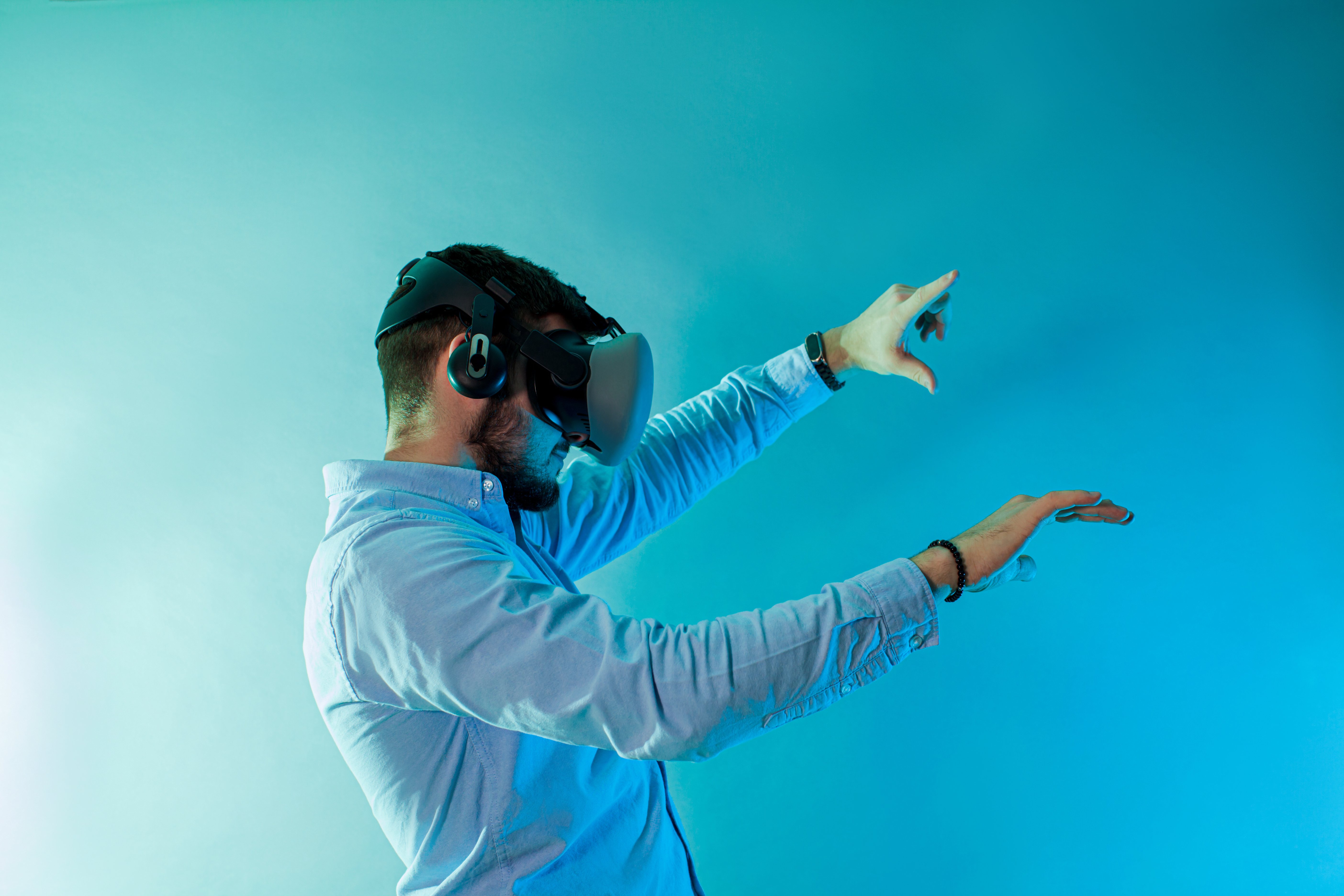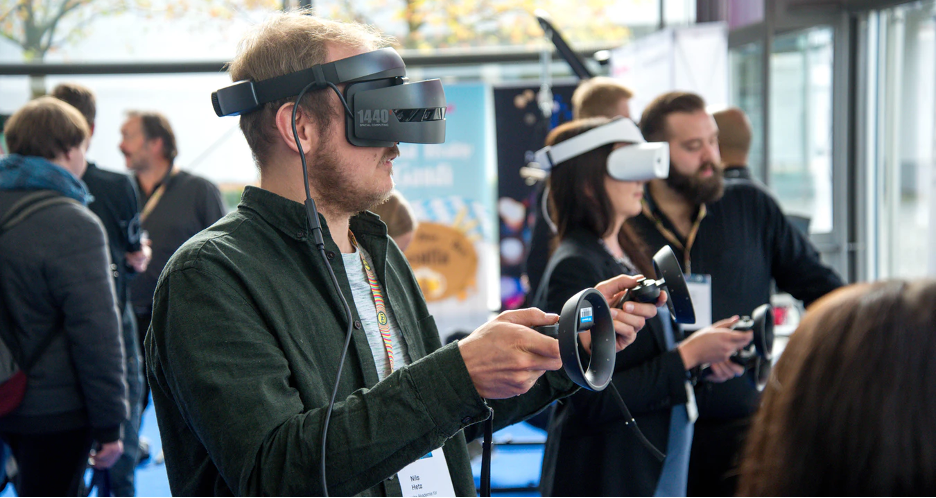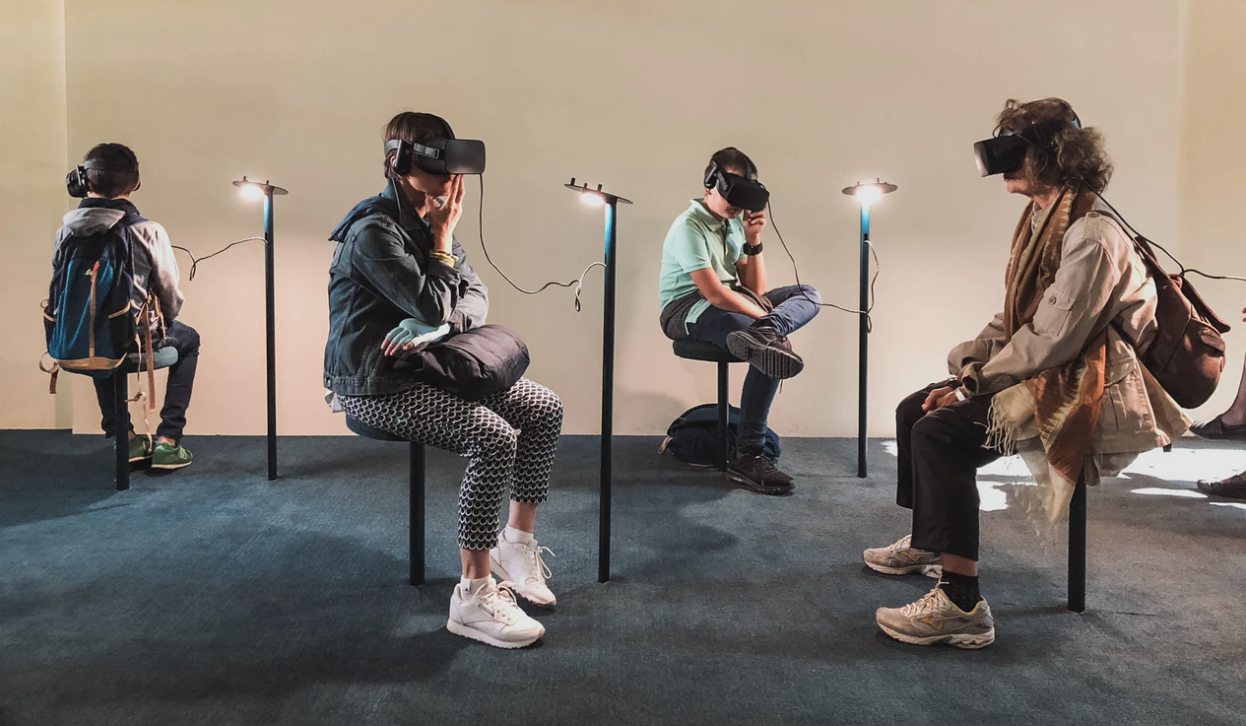
If the future of XR interaction means that users will communicate via customizable avatars, how can you trust that the user you’re interacting with is who they say they are? Part 2: Blockchain-based VR.

How will these platforms avoid the issues with mass interaction found in current online platforms, like troll culture, griefing, or fraud? Second Life and High Fidelity founder Philip Rosedale addressed this concern, giving a talk on the future importance of blockchain models in XR. In short, each user will support part of the identity ledger, similar to how Bitcoin and other cryptocurrencies are tracked. “Notary agents” in the system will verify user identity characteristics and publish the facts to the blockchain, which is then backed up across multiple addresses. Users get the keys to prove that these facts correspond to them and reliability is established once multiple, corroborating facts are supported. For example, DMV information and birth records should be vetted and stored by notary agents. The information is then encrypted, stored at different addresses, and the user is given a key to access/find them. Discrepancies in the federated public blockchain indicate that someone’s identity is unreliable, which may preclude them from participating in events or environments that require high identify validity. Similarly, consistencies would establish that person as the real owner and further interactions or events in the XR environment could become new notarized facts that indicate past behaviors. As time goes on, the fact profile becomes more robust and the user’s virtual identity is formed.
By using a blockchain system, user virtual identities are tied to their specific avatar(s), making it more difficult to hide behind the anonymity of the internet and lessing the problems of troll psychology. It also makes economical structures more reliable since financial information or pre-paid currency values can be established as fact in the federated chain. Additionally, blockchain-based identification adds a deeper sense of immersion to the user experience because the user presence is blurred with that of the user themselves and can even “die”. For example, if a user engages in a high-risk activity in virtual space (say a survival experience designed to be hyper realistic), consequences could be established wherein the user sacrifices access to their identity keys and so that identity ceases to exist within the public chain. Alternatively, users who continuously abuse others or violates room rules could be “executed”, having their avatar not only unmade but also the facts that supported the virtual presence to be blacklisted and thus the user is functionally non-existent to any experiences supported by that particular public chain.
Check back for next week’s installment as we discuss a familiar yet unusual method of user control that may offer more than “meets the eye”, no pun intended… Okay, a little intended. Stay tuned.
This is Part Two Blockchain-based VR of a three part VR Series.
Check out the other parts of the series here:
Part 3: Biometrics As User Control
READ MORE: What's The Difference Between VR, AR and MR?, Setting up a VR-UX Testing Lab, AR, Art and Snapchat, Strategies for Usability Testing with VR










Comments
Add Comment